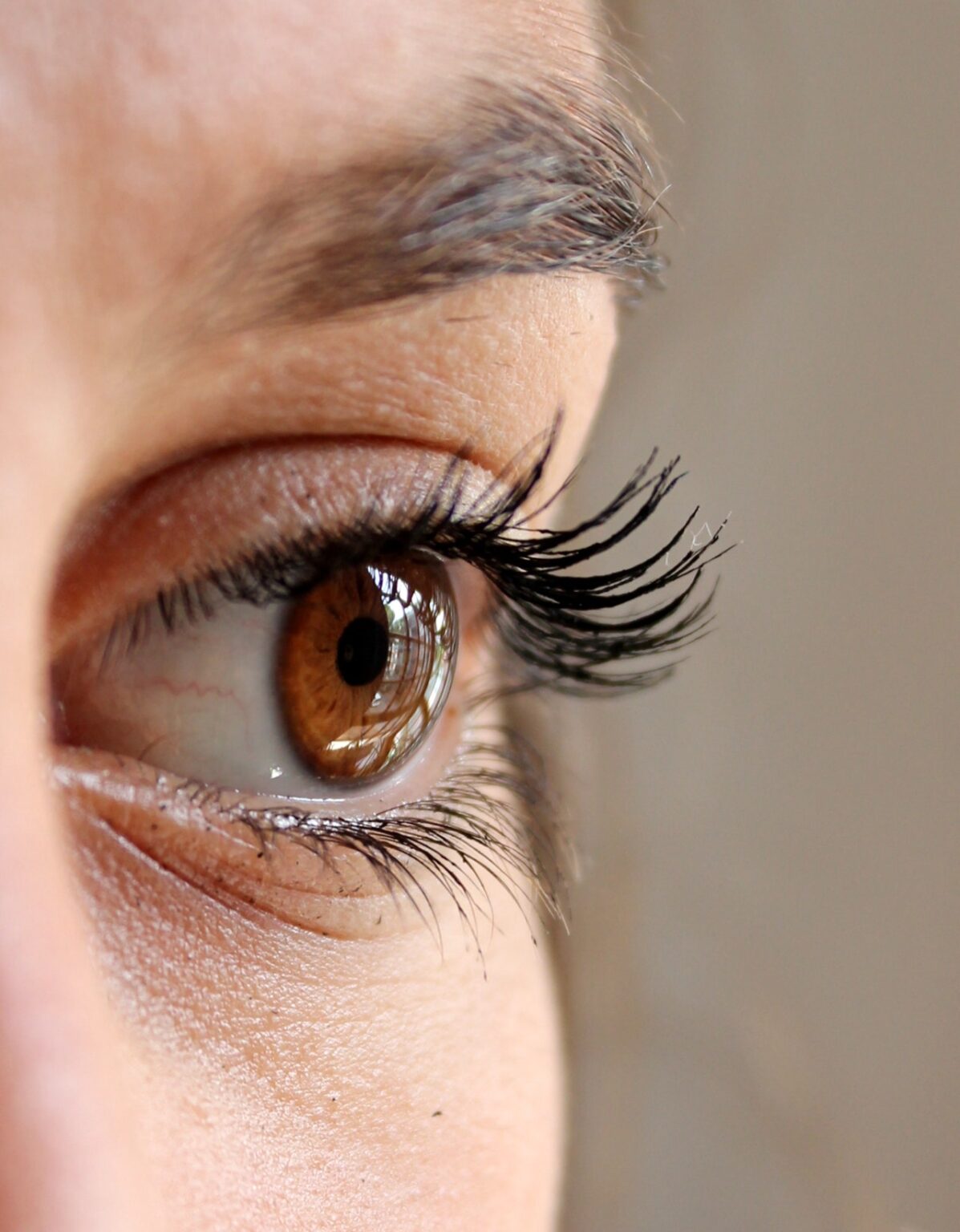Your ophthalmologist has probably advised cataract surgery if your eye’s lens has gotten foggy and cloudy eyesight is producing blurry, hazy, or dim vision. Cataract surgery, which is among the most often performed treatments in the world, may assist patients who have been experiencing growing trouble seeing while driving, watching television, climbing stairs, or perhaps even concentrating in bright lighting.
Cataracts are an eye disorder that affects the eye’s lens, causing it to become cloudy and impairing vision. Cataracts are more frequent in elderly individuals than in younger ones. Cataracts, in contrast to glaucoma, which damages the visual nerve and can also be reversed, may be treated by surgery on the eyeball. Before you visit cataract surgeons at Robbins Eye, here are a few things that you must know.
Laser surgery vs. traditional surgery
In the past, cataract removal was done with a tiny incision in the eye and removing the hazy lens that was causing the problem. Although conventional cataract surgery is still required in certain circumstances, lasers are now used to conduct the majority of cataract procedures. This enables the removal of the clouded lens without cutting the eye. During the previous 60 years, cataract surgery technology has progressed dramatically, making it one of the safest treatments available anywhere in the world.
It’s possible that you have poor night vision and that driving in the dark is more difficult for you. It’s possible that you’re susceptible to glare from headlights. People with severe cataracts may even be unable to pass the visual portion of the driver’s examination.
With cataracts, your eyes might become more susceptible to bright sunlight. Around bright lights, you could see a halo forming. This may keep you from spending as much time outside as you would want. It also makes it more difficult to participate in some activities, including skiing or golf.
Preparation for surgery
In order to prepare for cataract surgery, you really should get a thorough eye exam. You may also require further testing such as specific eye exams, blood tests, as well as other procedures. Your doctor will provide you with detailed instructions on how to take your medicines and when you should cease eating and drinking completely before surgery. You would also need to make arrangements for transportation home following your procedure.
Recovery
Most individuals see a difference in their eyesight within a few hours of having their procedure. Generally speaking, recovery is painless, and eyesight continues to improve with each passing day. A little redness or discomfort is usually the day after surgery, and this is completely acceptable. Like reading or watching television, most everyday activities may continue without interruption. Heavy lifting & sports that might cause jarring of the eyes, including running or basketball, should be avoided by these individuals.
A surgeon would often ask the patient to return for follow-up appointments following surgery. This is done to guarantee that the eye recovers in the manner predicted. In most cases, follow-up appointments are scheduled the day following surgery, a week afterwards, and many weeks after that.



